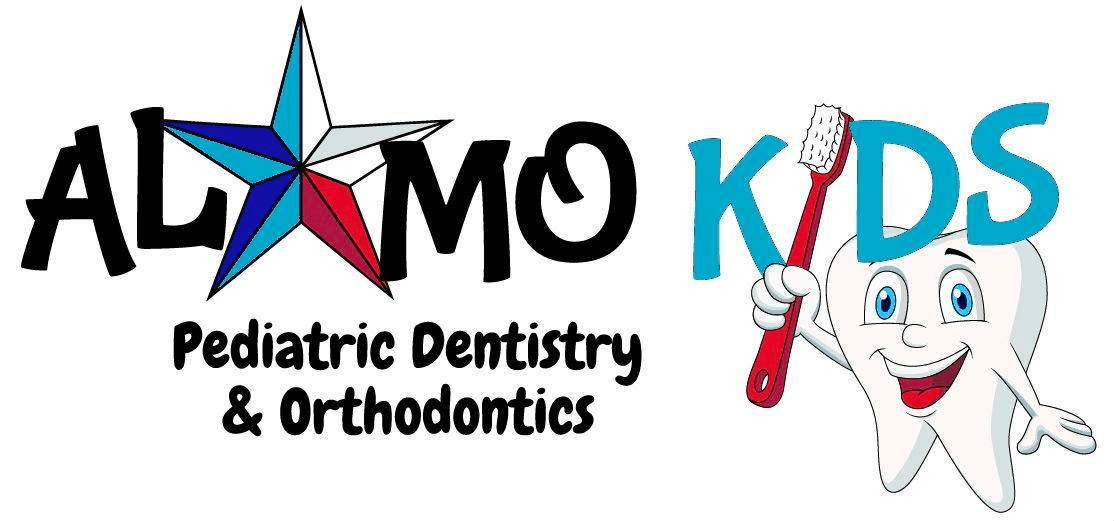Canker sores (also called recurrent aphthous ulcers, or RAU) and cold sores are not the same thing. Canker sores occur inside the mouth, and cold sores usually occur outside the mouth, usually on or near the lips.
A canker sore is a small ulcer with a white or gray base and red border. There can be one or a number of sores in the mouth. Canker sores are very common and recur often, but their cause is unknown.
A cold sore, which is also called fever blister and is caused by the “herpes simplex” virus, is composed of groups of painful, fluid-filled blisters that often erupt around the lips and sometime under the nose or under the chin. Cold sores are usually caused by herpes virus type I and are very contagious.
Canker sores, like all ulcers, are very difficult to treat. There is no proven technique that will eliminate ulcers or speed the recovery time once they appear. There are a few medications that will give temporary relief from the pain, but they need to be started as soon as symptoms appear. Canker sores usually heal in about a week or two. Over-the-counter topical anesthetics can also provide relief.
Cold sores usually heal in about a week. Over-the-counter topical anesthetics can provide temporary relief, and prescription antiviral drugs may reduce these kinds of viral infections.
